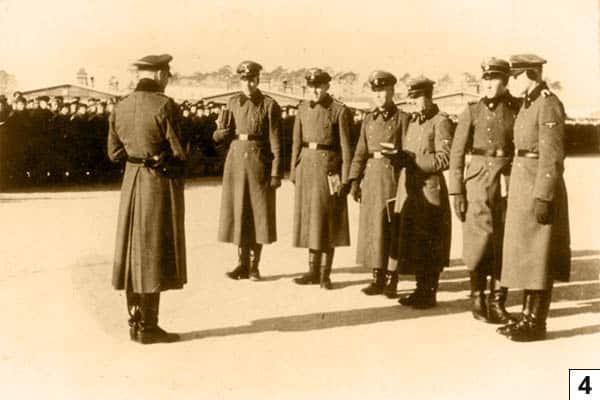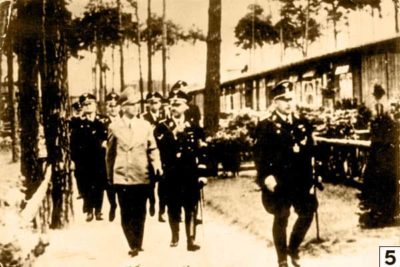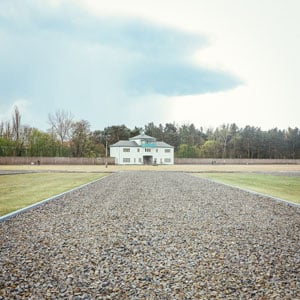BOOK ONLINE
THE THEORY & PRACTICE OF HELL
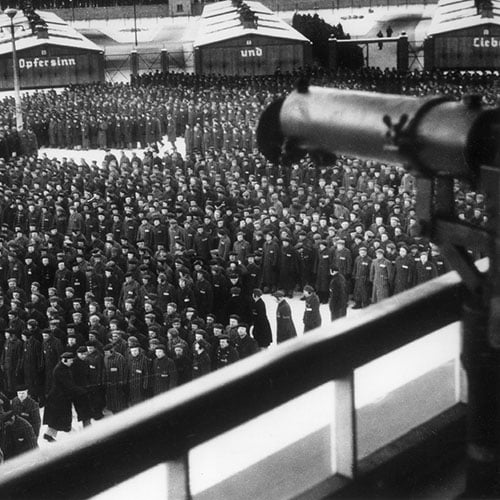
The SACHSENHAUSEN
CAMP Tour
hour
private van tour
– max 6 person group
includes 19% VAT, guide fee, booking fee, admin fee, transportation and driver costs, and tourism insurances
Our Sachsenhausen Camp Tour can start wherever is best for you – at your accommodation or elsewhere
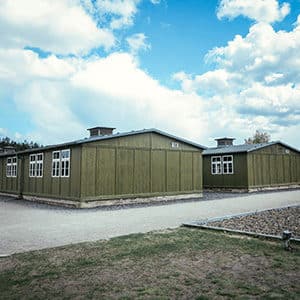
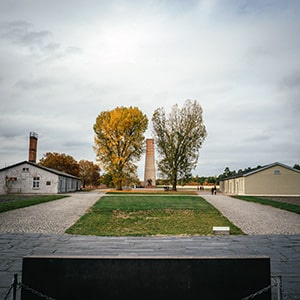

Visit the Sachsenhausen Concentration Camp Memorial & Museum and learn about life and death in a Nazi ‘Protective Custody Camp’; the architecture of total control, and what inhumanity, humanity is capable of in its darkest moments.
An opportunity to assess Sachsenhausen’s role as the nucleus of the entire Nazi concentration camp industry; a prison to many notable figures; but also a proving ground for the methods and practices that would lead to the horror of industrial mass murder across Europe.
TOUR HIGHLIGHTS
…the Tower A entrance & ‘Arbeit Macht Frei’ lettering, the Appelplatz roll call area, the Jewish barracks, the special SS/Gestapo prison, the post-war KGB/NKVD camp, the ruins of Station Z and much more…
TOUR GUIDES
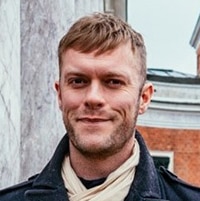
Matt

Jörg

Ioana

Forrest




